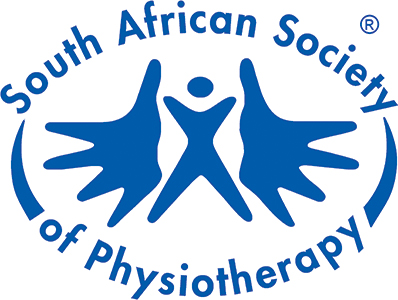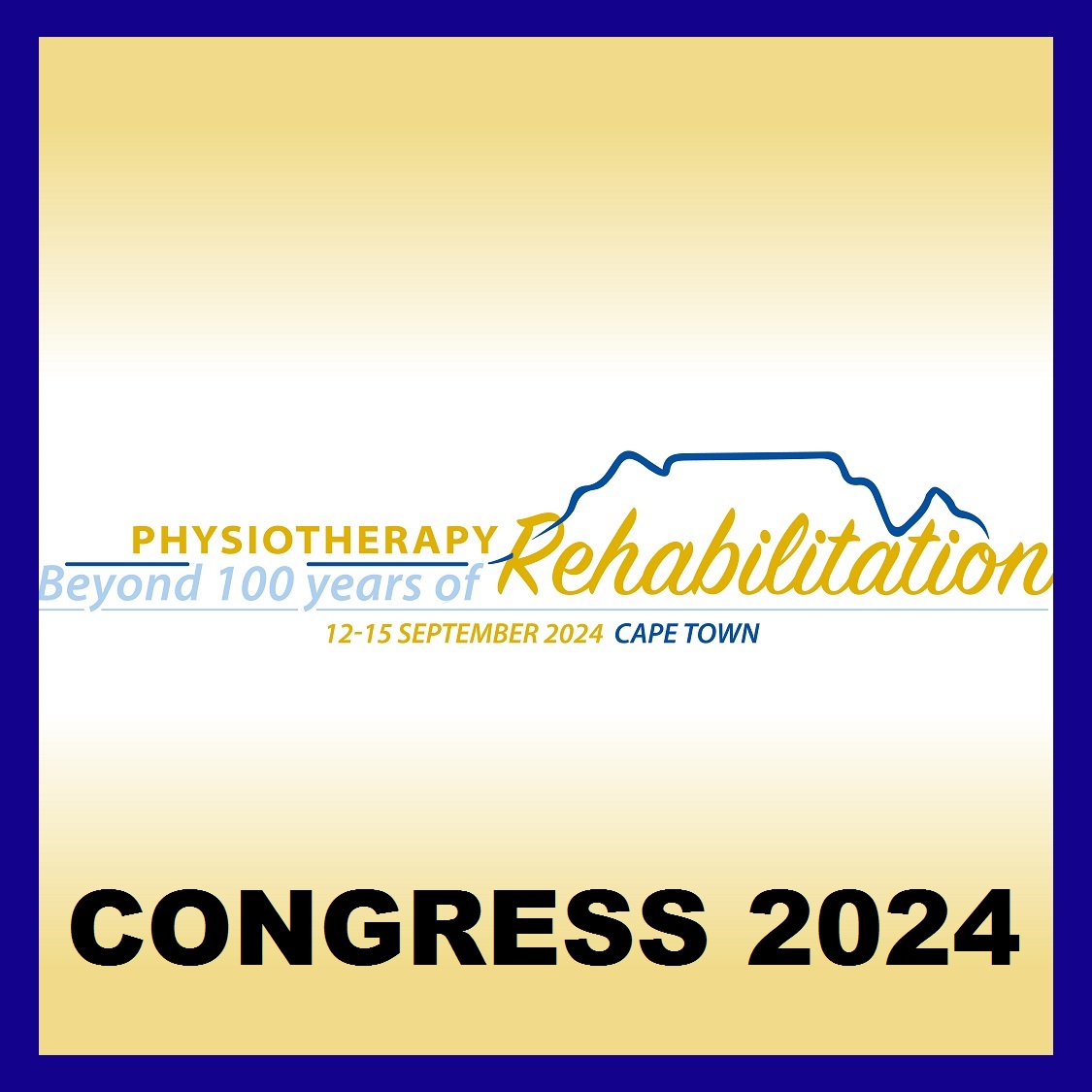
Beat COVID-19
Stay calm
Keep moving!
Movement for Good Health – as important now as ever
Normally, the physiotherapy profession’s body, the South African Society of Physiotherapy, celebrates Movement for Good Health around 10 May. But this year, we’re pulling our celebration forward. Because we’re all stuck at home and asking ourselves, how do we keep ourselves from losing condition?
Not a problem. You can – and must – move for good health in your own home.
Formal ‘exercise’ – going to gym, canoeing, running and the like – is good, but science is telling us that regular movement, throughout the day, is, if anything, better. “Our bodies evolved to move all the time, not just in short bursts of strenuous activity,” says Rogier van Bever Donker. “Our ancestors used different muscle groups in constant activity, whether milking cows or ploughing fields or scrubbing clothes on a washboard.” The wonders of modern technology enable us to spend much of our days sitting in front of screens or operating vast machinery at the touch of a joystick or keyboard.
Being stuck at home provides you with a great opportunity to learn how to boost your NEAT, or Non Exercise Activity Thermogenesis – energy expenditure that’s associated with spontaneous movement, not planned physical exercise. It’s also a chance to learn how to do a bit of useful exercise when gyms and running clubs aren’t available.
Don’t forget that exercise and movement are crucial to good health. A body which has regular exercise moving the lymph through the lymphatic system is better equipped to deal with onslaughts by pathogens. COVID-19 strikes the lungs: exercise is vital for lungs that work well and have good capacity.
“Habitual exercise improves immune regulation,” scientists wrote in a review of evidence published in May last year. Those who exercise, who move more, have a reduced risk of illness.
Even small increases in light-intensity physical activity can reduce your risk of poor health, scientists have found – if you add as little as 30 minutes a day, broken up into chunks of ten minutes or even less at a time, if you like.
And home is a great place to do this. Get creative, think of ways to move more. Some of our suggestions:
- Don’t sit for more than 20 minutes at a time. Plan to get up – set your phone to remind you. Walk around the house briskly, outside or inside.
- Or get up and loosen up your neck – turn your head from one side to the other, look down so your chin is pressed into your chest, look as far up as you can aaanndd repeat!
- Use your children as exercise equipment. Swing them over your head to give your arms some exercise; lie down and do push-ups with a small child on your back – a great game which will have them giggling.
- Put on some music and dance. Aim to use your arms, legs and pelvis in the dance, no matter how funny this looks (a good laugh is great therapy, anyway)!
- Find online exercise classes and work up a sweat with them.
- Got kitchen steps? Every time you go in and out of the kitchen door, go up and down the steps five or ten times.
- Work your brain (yes, brains need exercise too!) by implementing time off from screens for crossword puzzles, board games and the like.
- Indulge in some spring-cleaning this autumn – use muscle-power to clean windows and reduce the clothes-mountain in your cupboards. Set stuff aside to donate to communities feeling the pinch.
Celebrate Movement for Good Health Day NOW by getting your blood pumping and boosting your immunity!
For more information, or to find a physiotherapist near you, go to www.saphysio.co.za.
Back






